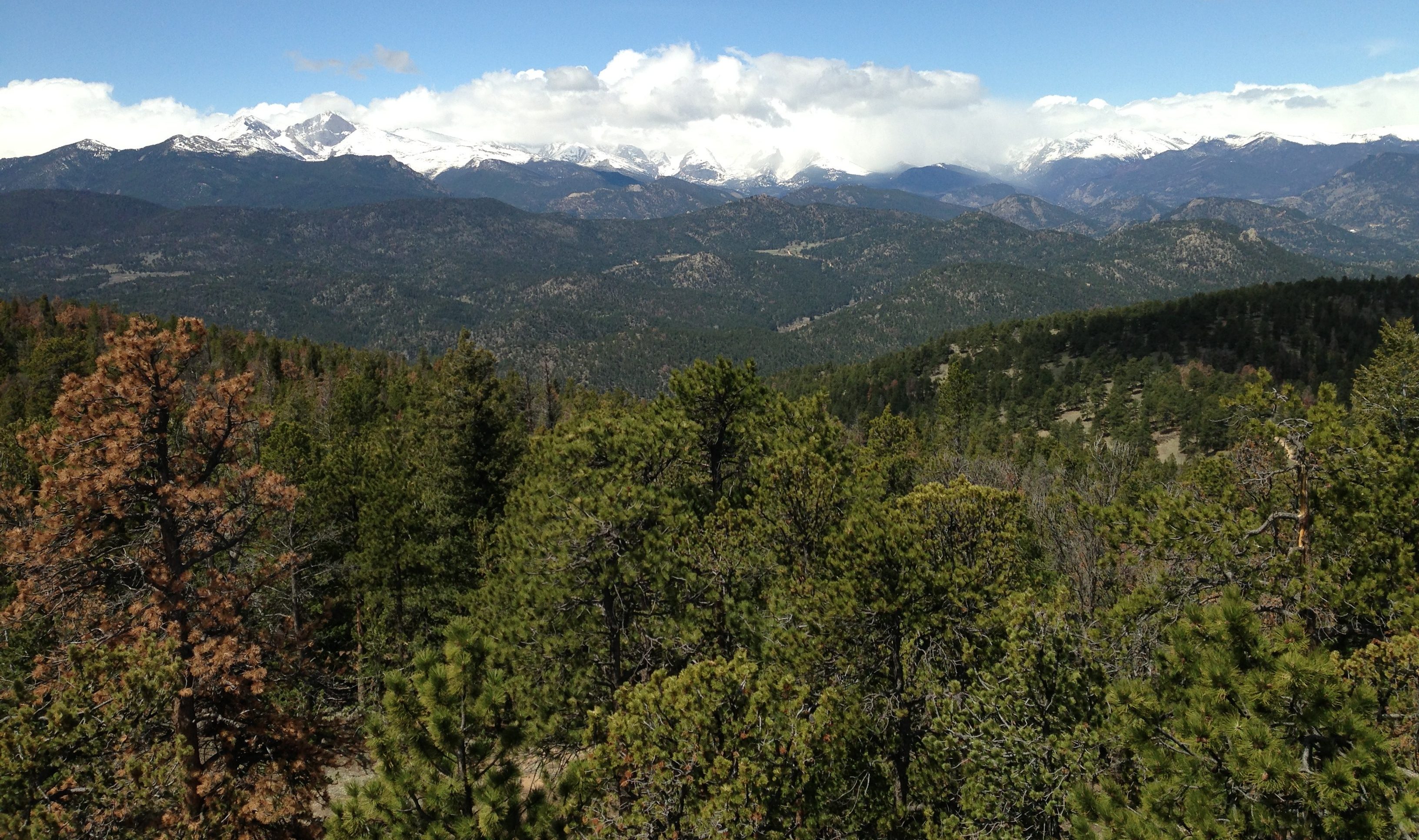Below you will find ongoing research projects in the KSU PlantEcoFizz lab. For a description of previous projects, click here.
Plant-Microbe Interactions

The interface between plants and the environment is not sterile but instead harbors an astounding diversity of microorganisms, including bacteria, fungi, and algae. Seeds, roots, flowers, and leaves all possess their own microbiome that affect plant metabolic processes, nutrient acquisition, stress tolerance, productivity, and defense against pathogens. Our research is aimed towards addressing two overarching questions:
1) How do microbes affect their host, and how do host plants affect their respective microbiota?
2) How can we utilize microbes to optimize productivity in important agricultural crops?
Within this framework, we test how microbial communities on leaf surfaces (i.e., phyllosphere) interact with host genetics and physiology, and develop new methods how to inoculate crop plants with a cocktail of beneficial microbial species (i.e., biostimulants). For our research on optimizing fruit quality and yield in hydroponically grown tomatoes, we receiving funding by USDA, and we are collaborating with the American Chestnut Foundation for our study of the leaf microbiome of American chestnuts and its hybrids.
Plant Conservation
A major pillar of the KSU PlantEcoFizz lab is engagement in and optimization of plant conservation efforts. As a member of the Georgia Plant Conservation Alliance (GPCA), we are species leads on several native plant species that are of conservation concern and we directly inform conservation efforts based on our research. Moreover, we receive information regarding research needs directly from other conservation partners!
In Georgia, over 650 species of plants are considered of “special concern,” 25 of those species are protected by the Endangered Species Act and 130 species are protected by state wildlife protection laws
US Fish & Wildlife Service
Ongoing efforts in this field include keeping small populations of rare and endangered plants at our safeguarding facility to serve as insurance in case other populations disappear, propagating native plants for use in conservation efforts, educating the public about the advantages of using native plants over non-native plants, and researching native plants and how to combat their decline.
Clonal Integration in Aspen
In most of their native range around the globe, aspen (Populus tremuloides) are considered an ecologically highly valuable species (i.e. keystone species) that is of high conservation concern. Below ground, many aspen stems within a grove are connected to one another via a large root system (i.e. the parent root system). These connected aspen form a single organism called a clone. Aspen clones can survive for hundreds of years, with individual aspen stems continuously dying and resprouting from the parent root system. In fact, one of the oldest and largest known organisms on Earth is an aspen clone called “Pando“, located in Utah, USA.
Within a clone, water and resources are shared between aspen stems through the parent root system. This sharing of resources is called clonal integration. Since growth within aspen clones is non-linear, i.e. it is possible for a young aspen stem to grow from a rather old part of the root system, water and resource distribution in such dynamically changing web of interconnected aspen is likely non-linear as well. Thus, I am interested in testing the hypothesis that roots between aspen within a clone can move water and resources in two directions simultaneously, driven by the water use of connected aspen stems.
Although many types of sap flow sensors exist to measure water flow inside a stem or root, to my knowledge none of them are capable of simultaneously measuring how much water moves in either direction. We are currently developing methods to measure the extent and directionality of water movement between aspen in a clone, including whether a primary flow direction exists and what the factors are that determine a primary flow direction.
Ongoing research includes two aspen stands in the Laramie Range in Wyoming, where we have over 20 aspen stems instrumented with sap flow sensors, each with one sensor on the stem and two sensors on a connected root. Future research includes application of dyes and tracers to track the movement of water in the root system.






